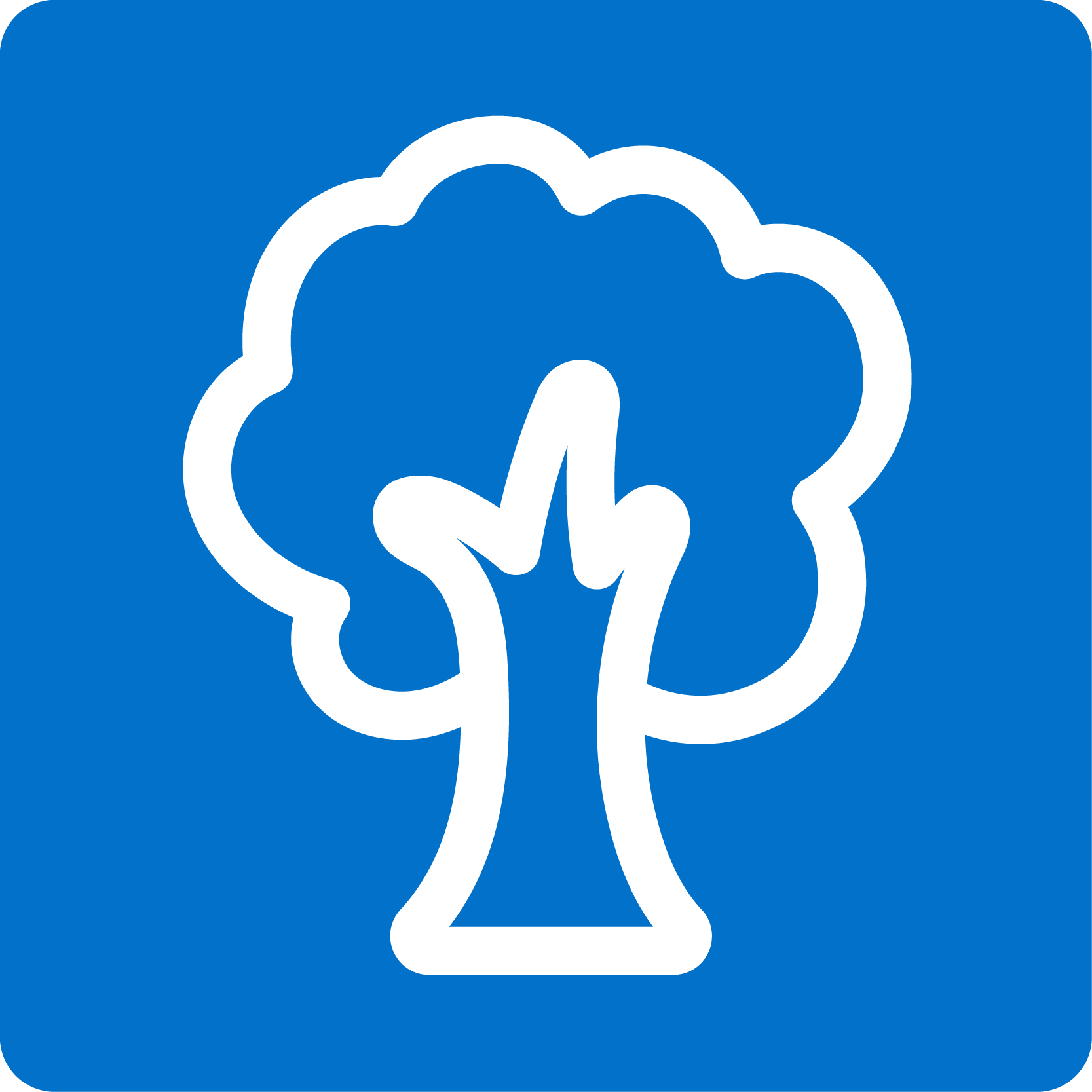We specialise in enhancing our clients’ movement patterns and physical capabilities through individualised physical rehabilitation coaching and movement training. Our coaches collaborate with each client to identify areas of weakness, stiffness, or limited range of motion and tailor a customised plan to address their specific needs. By incorporating a variety of movement techniques, corrective exercises, and training, we empower our clients to achieve their desired level of function and overall well-being.
Who needs movement and physical rehabilitation coaching?
Proper movement is essential for maintaining health, including physical fitness and well-being. However, the majority of health practitioners and fitness professionals are unfortunately not aware of this fact. Indeed, movement impairments and a lack of physical fitness are the main contributors to most chronic physical issues like knee and lower back pain.
Human body movement involves the coordinated action of the skeletal, muscular, and nervous systems. The skeletal system provides the framework or structure for movement, while the muscles generate the force necessary to produce movement. The nervous system controls and coordinates the movements of the muscles.
Generally speaking, the human body’s movements include walking, running, jumping, crawling, climbing, lifting, pushing, pulling, bending, twisting, and turning. These movements involve different joints and muscles in the body, such as the legs, hips, spine, arms, shoulders, and neck. All of these movements are required in everyday life. If there is a problem with the motor control, strength, or mobility of a body part involved in those movements, the movements are not accurate and efficient, resulting in pain and discomfort.
On the other hand, people are generally more sedentary than ever. Meanwhile, if they exercise and perform movements, they often perform workouts beyond their strength, mobility, and motor-control capacity. Because these two extremes of fitness are coming together, there are a lot of people with movement and posture problems that we rarely saw before the 21st century.
So, those who have a sedentary lifestyle and/or don’t train their bodies in a purposeful and correct way could have these problems now or in the future. At Bring You Health, we have never seen a client who has never needed early correctional intervention, even those who have never had any physical pain or complaint. For this reason, movement and physical rehabilitation are part of our health coaching.
Injury, Illness, and Surgery
If you don’t get professional physical rehabilitation right away after an injury, illness, or surgery, it can make your recovery time longer, cause you to lose mobility, strength, and motor control, among other things, and lower your quality of life. At Bring You Health, we believe that early intervention is the best way to prevent these bad outcomes, improve physical health, and help people get better quickly.
Physical rehabilitation is the process of getting people back to normal after an injury, illness, or surgery. This includes restoring function, mobility, stability, strength, balance, coordination, flexibility, and quality of life. It involves specific corrective exercises and training to help you recover from physical impairments and disabilities caused by injuries, chronic conditions, or surgeries.
Movement vs. physical rehabilitation
Movement and physical rehabilitation are closely related concepts that involve improving the body’s ability to function and move better. While they share a common goal, there is a subtle yet significant difference between them.
Movement is the act of making a move that helps you finish a task or do something physical. Physical rehabilitation, on the other hand, is a process of restoring the optimal functionality of a body part or body parts that contribute to whole movement patterns. Despite their subtle distinction, both play a significant role in enhancing the body’s physical fitness and ability to move and function optimally. They complement each other.
One may seem to move well but may do so through compensation, discomfort, and pain; he or she may need some physical rehabilitation of a body part or parts. On the other hand, if one can’t move at all and/or has movement limitations, with or without pain, this person may need both movement and physical rehabilitation intervention.
Mobility, strength, and motor control
Mobility refers to the range of motion that a joint or series of joints is able to achieve. Good mobility allows for free and easy movement without any restrictions or limitations. Adequate mobility is necessary for proper joint alignment, stability, and overall function. Without good mobility, movement patterns are altered or compensated for.
Strength refers to the ability of muscles to generate force. It is a crucial component of movement because muscles are the primary movers of the body and also help provide stability to joints. Without adequate strength , movements are not executed with proper form or control, increasing the risk of injury and decreasing overall physical function and movement patterns.
Motor control is one of the nervous system’s jobs. It means being able to coordinate patterns of movement in a smooth and efficient way. It involves the brain, nervous system, and muscles working together to move in a planned way. Good motor control means that muscles are activated in the right order and at the right time and that you can make changes based on what you learn from the environment. If you don’t have good motor control, you may move inefficiently and be more likely to get hurt.
Mobility, strength, and motor control are the essential components of a movement or exercise. If one lacks one of them, he or she will inevitably compensate for and overuse another body part; the results will be pain, physical restrictions, and uncomfortable movement, in particular in the long run. And this issue is the major cause of chronic pains such as back and knee pain.
With our movement and physical rehabilitation coaching, you can rebuild your strength, mobility, flexibility, and motor control to get rid of physical limitations and pain.
